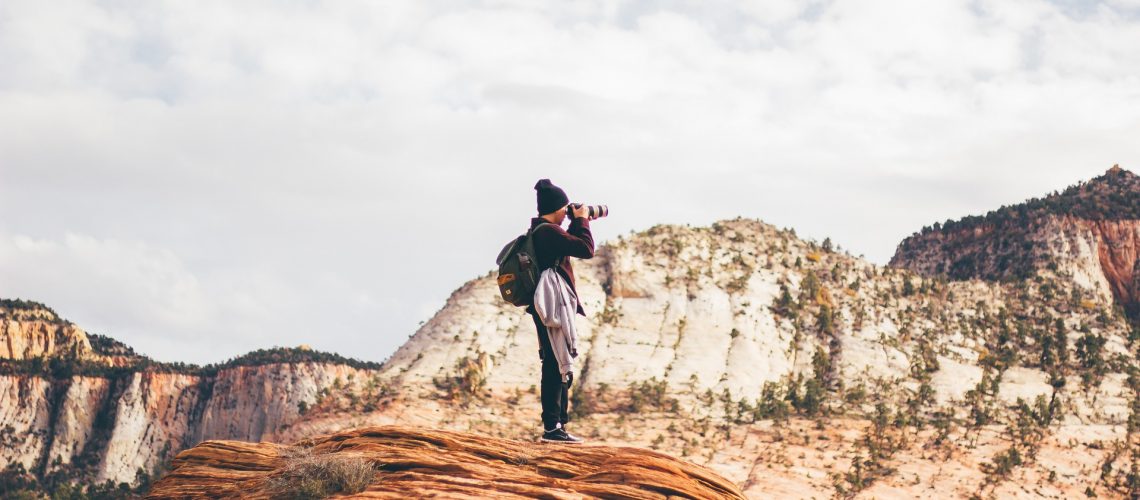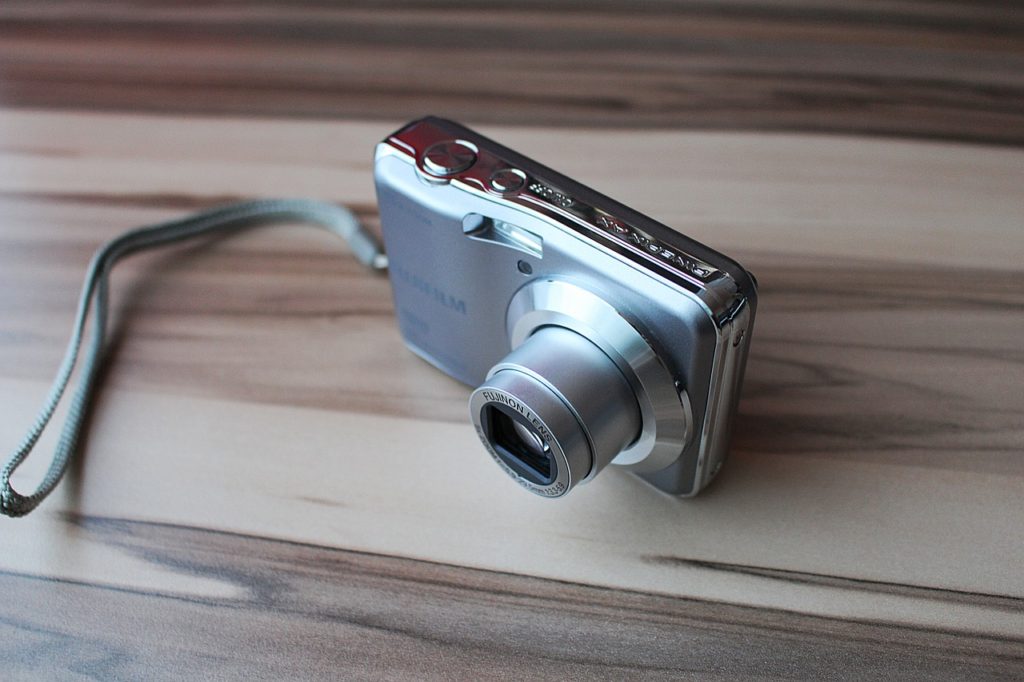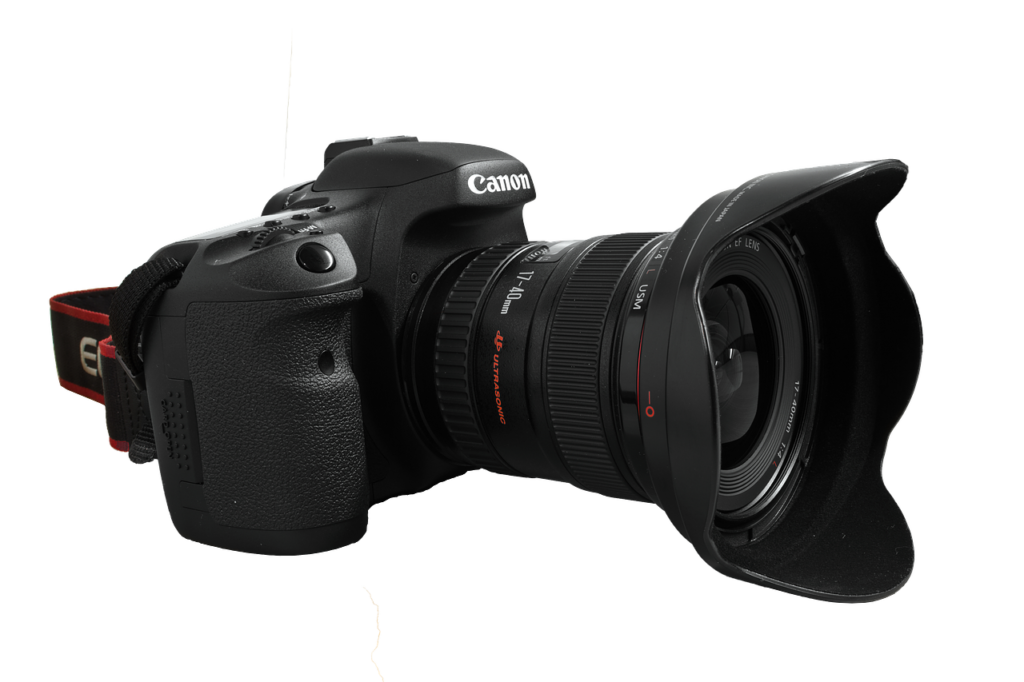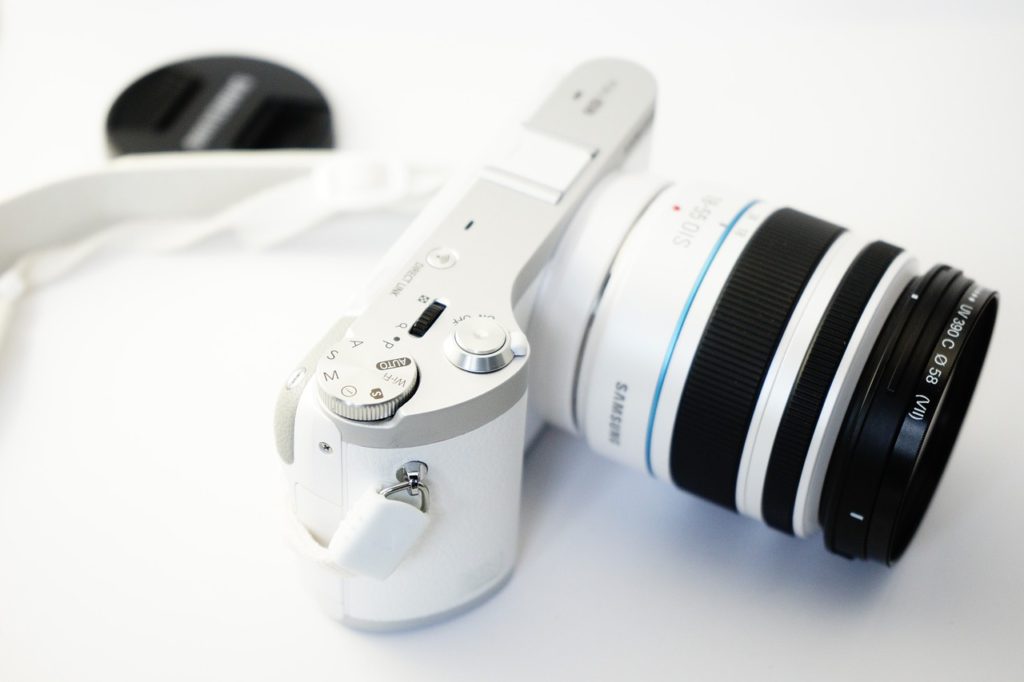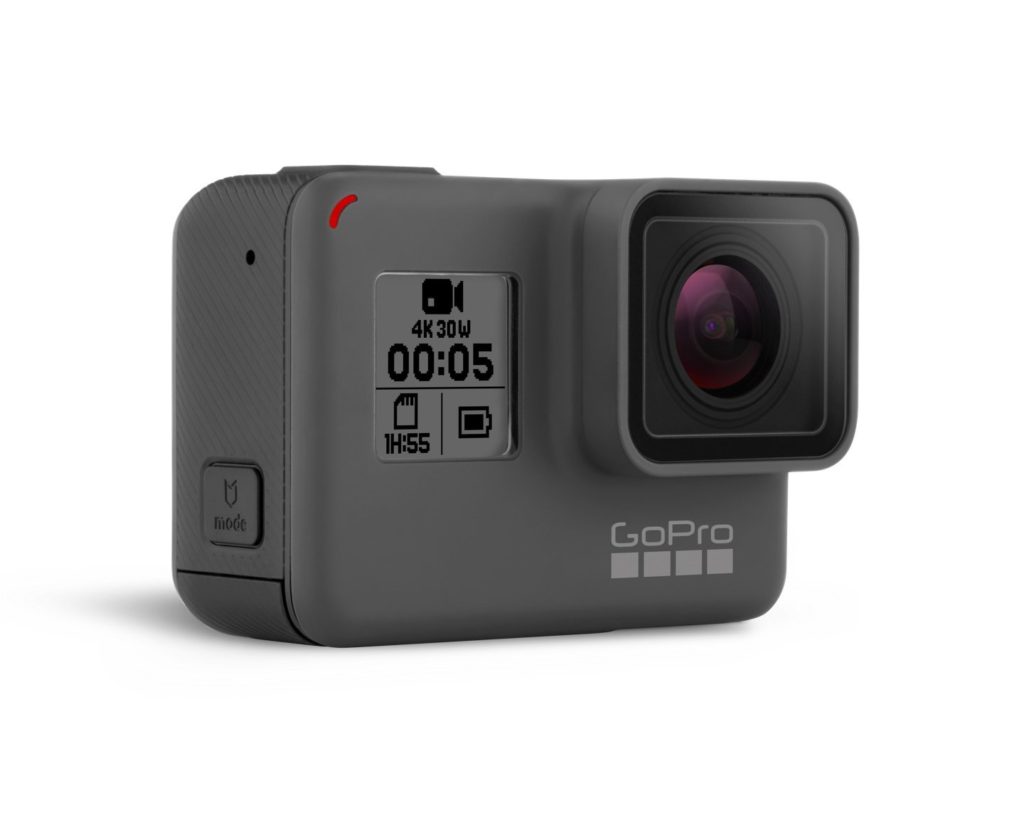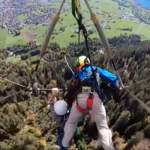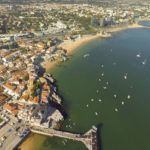During planning a trip you usually try not to miss any small detail to have the perfect trip, and one of those details is photography.
When it comes to photography, if you are not a professional photographer (so you already know your gear) and if you don’t have a nice camera to document your trip, you can start checking which camera you should buy for this trip.
And here comes our guide to give you some hints about different categories of cameras that you can take while traveling which can help you narrow down your search.
In this post, we’ll discuss the 4 major camera categories:
- Point And Shoot (Ex: Canon Powershot ELPH 180)
- DSLR (Ex: Nikon D3300 -OR- Canon EOS Rebel T5)
- Mirrorless (Ex: Sony Alpha A6000)
- GoPro (Ex: Hero5 -OR- Hero4)
What is it?
Point & Shoot:
The simple camera that me, you and our parents can use.
DSLR:
The camera that professional photographers (For Ex: Wedding photographers) use.
Mirrorless:
The middle step between the simple and the wedding photographer’s camera.
GoPro:
The camera used in all Redbull competition videos 🙂
How much is it?
Point & Shoot:
Price tags vary a lot but a mid-range point and shoot camera like the Canon Powershot ELPH 180 costs around $120
DSLR:
Once again, price tags vary a lot depending on camera specs and lenses and can cost several thousand dollars, but an entry level lens and body kits like the Nikon D3300 or the Canon EOS Rebel T5 falls in the $450 range.
Mirrorless:
As expected, price tags will vary too according to camera specs and lens, but a decent body and lens like the Sony Alpha A6000 will cost around $600.
GoPro:
Since it’s a product and not a category, the price will depend on the camera version, the latest GoPro Hero5 costs $399 and the previous release Hero4 costs $297.
How easy is it to use?
Point & Shoot:
Once you put the battery in the camera and turn it on, you are ready to take pictures, they are called point and shoot for a reason 🙂
DSLR:
As these are considered the professional cameras, you can be using it for years and keep learning more how to get the most benefit from your camera and the wide variety of lens options.
However, if you are starting your way, the automatic mode in these cameras does a pretty good job until you take the next step and go more manual.
Mirrorless:
Like DSLRs, the automatic mode can be very helpful in the beginning but you’ll spend more time to get the grip of what your camera can do
GoPro:
Once powered on, you need a couple of minutes of orientation then you are ready to go and shoot some action videos 🙂
How easy is it to carry around?
Point & Shoot:
Most point and shoot cameras are about the size of a smartphone, so it shouldn’t be a burden walking around with one.
DSLR:
DSLR camera bodies are heavy and big, adding to that if you need different lenses for different photo conditions, it’ll not be easy to be walking around your kit’s bag.
Mirrorless:
The body of the camera itself is more or less like the point and shoot and the lenses are generally lighter than those of DSLRs, but in case you need to carry different lenses you’ll need a kit bag too.
GoPro:
It’s a tiny camera, the lightest of all options about the size of a matchbox
How much will you cry if you drop it?
Point & Shoot:
It depends, dropping it on a hard surface can harm the camera while dropping on a carpet can survive as it’s not a heavy camera.
DSLR:
Probably you’ll cry a lot, given the different part that can be affected like the body and the lens and also the price tag.
Tip: Buy a lens filter, it’ll protect the lens from casual scratches and may help to protect it if you drop it.
Mirrorless:
The harm will be less than the DSLR as the camera body is lighter, but still, you can cry for the harmed lens.
GoPro:
Dropped it in dust or water, just take it back and continue your way, it’s the least to get harmed easily but still as any electronic device handle with care.
[wd_hustle id=”wall-art”]Can you play with the lenses?
Point & Shoot:
No interchangeable lenses, you can only have the provided lens which normally comes with a moderate optical zoom option.
DSLR:
You have a huge range of interchangeable lenses for different photography conditions, like wide-angle, telephoto, zoom, macro lenses and the list goes on with different apertures, zoom range and optical stabilization.
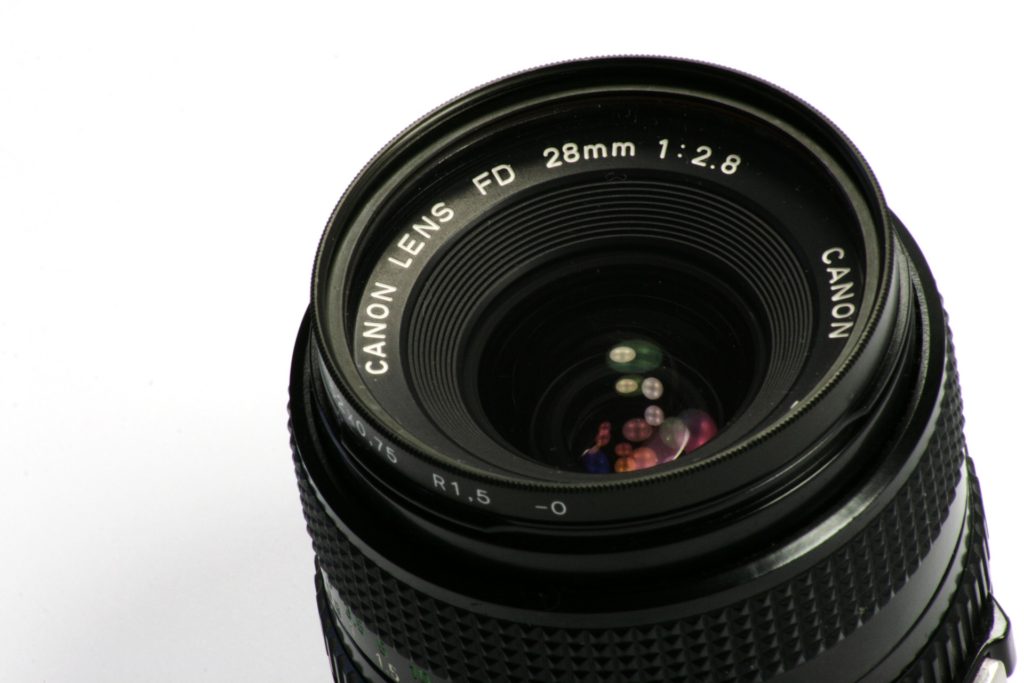
Mirrorless:
You have a growing range of interchangeable lenses, still not like the DSLR lenses but the market is growing, and still many cameras can use DSLR lenses if you buy an adapter.
GoPro:
Comes with a fixed fisheye lens, which is cool in capturing wide angled pics and videos but of course no option to interchange the lens.
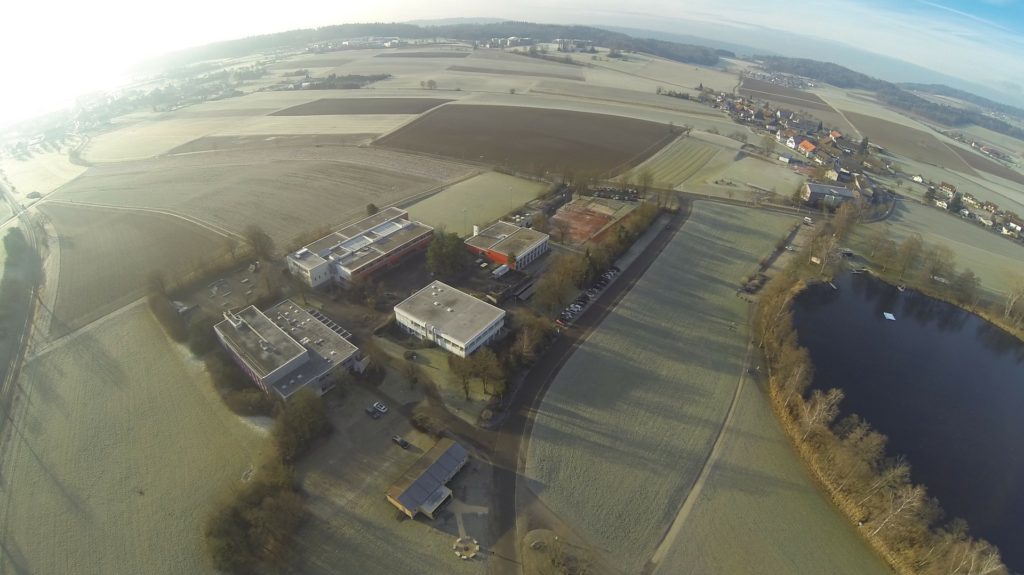
What about still picture quality?
Point & Shoot:
With new point and shoot cameras, normally the still image quality is pretty awesome, especially with good light conditions.
DSLR:
Having camera sensors, interchangeable lenses and the good knowledge, you can have the perfect high quality still images.
Mirrorless:
They pack a nice sensor in a small body, so expect almost awesome pictures like the ones you can get from DSLR.
GoPro:
Not the best option for still images, but very handy in doing time lapses.
What about pictures in low light?
Point & Shoot:
With small sensors and lack of manual options, most point and shoot cameras aren’t very good in low light conditions.
DSLR:
Having the big sensors, interchangeable and manual settings availability, the DSLRs can have perfect pictures even in bad light conditions.
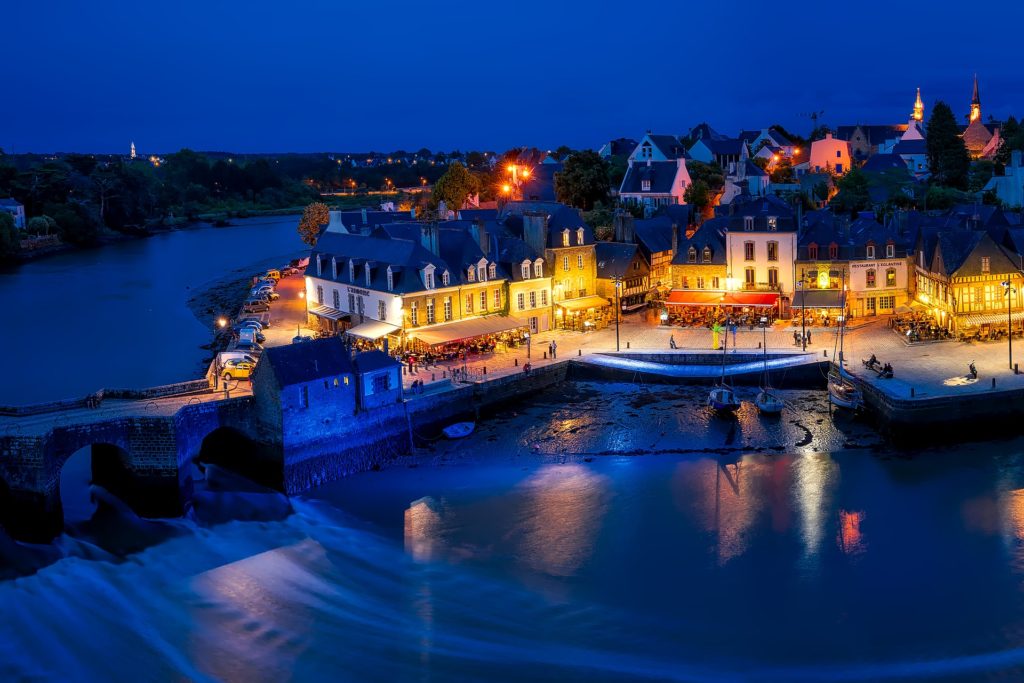
Mirrorless:
Like DSLRs, mirrorless cameras perform very well in low light conditions.
GoPro:
Hero5 is surprisingly very good in low light conditions, while previous versions were not that good.
What about video quality?
Point & Shoot:
You can have great 1080pvideoe quality from most modern point and shoot cameras now, but the depth of field will not be that great due to small camera sensors.
DSLR:
Having big sensors, most DSLRs can give you great professional looking videos with the perfect depth of field.
Mirrorless:
Same as DSLRs, you can have some great videos too
GoPro:
Shooting 4K video is really amazing in Hero5, also perfect for shooting slow motion videos as it can reach 120 frames per second in 1080p mode.
How long do batteries last?
Point & Shoot:
You can expect a good battery life of around 250 shots before it needs recharging.
DSLR:
According to how you are shooting, the battery life will vary, but for videos don’t expect it to last more than an hour.
Tip: You can buy a compatible battery grip for extended battery life for longer shooting days.
Mirrorless:
Depending on the LCD screen on shooting, the screen is always on which lead to a quicker drain of the batteries, so better to carry backup batteries.
GoPro:
As it;s mainly designed for shooting action videos, you can expect to shoot 2.5 hours of continues video without issues, you can also expect to record a 2-hour one picture each 2 seconds timelapse on a single battery.
Conclusion:
Point & Shoot:
If you just want to have better pictures than the ones you get from your midrange smartphone (as some smartphones now offer very high-quality cameras), the point and shoot is your call.
It’s light to carry and easy to use and will give you what you want.
DSLR:
If you want to get serious with photography during your trip, this is your perfect choice.
But as mentioned earlier, it’s not a plug and play choice, you have to check some guides to know how to use your camera and you will need to invest much time if you really want to get awesome results.
Mirrorless:
If you want to go to a middle option between the versatility, interchangeable lenses and manual options of the DSLR while maintaining the portability of point and shoot, go for a mirrorless camera and as time goes by invest in your lenses.
GoPro:
If you want a camera that can accompany you during your surfing session, mountain climb or dirt bike ride through a mountain, GoPro is your go to.
It’s designed for these kinds of activities and is waterproof, dustproof and pretty light and easy to carry given all the mounting accessories you can buy for the camera.
Happy photographing 🙂
There are other camera categories that can fit your trip, for example, some people take it to the next level and decide to document the trip using drones fitted with cameras like this Japanese couple did on their honeymoon.
If you like this kind of tips and you don’t want to miss anything you can follow us on Instagram, Facebook, Twitter and Tumblr for more updates, also you can join our community by opting in our newsletter.
Widget not in any sidebars

